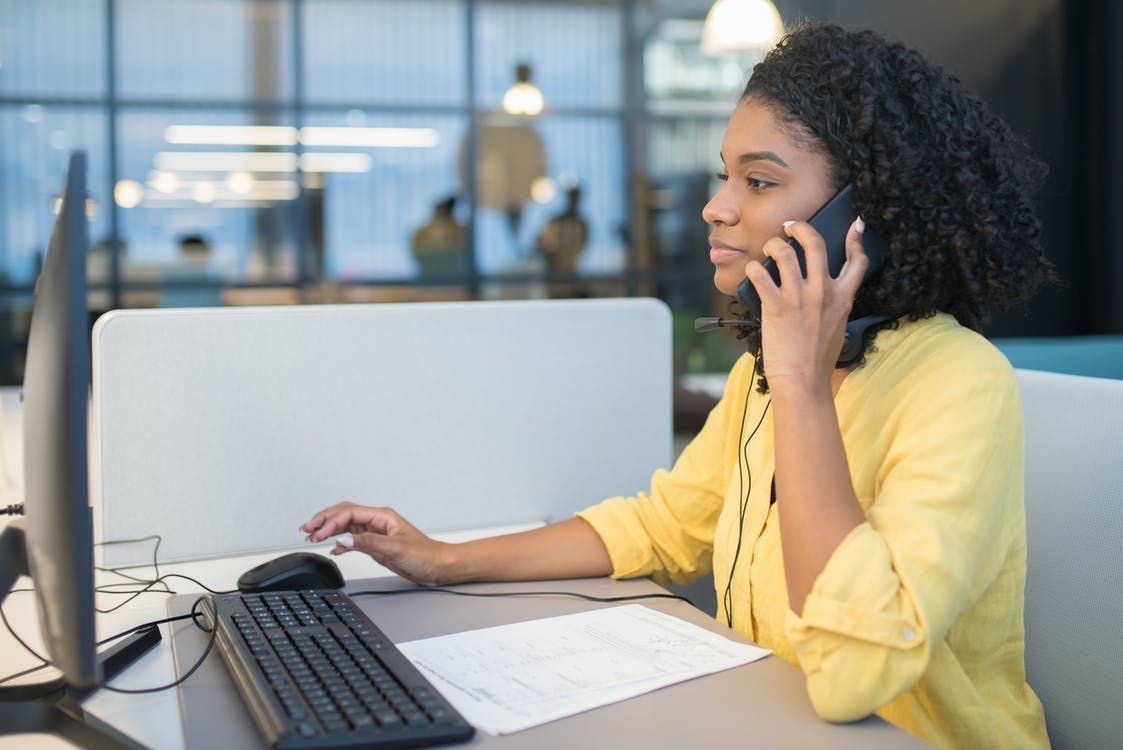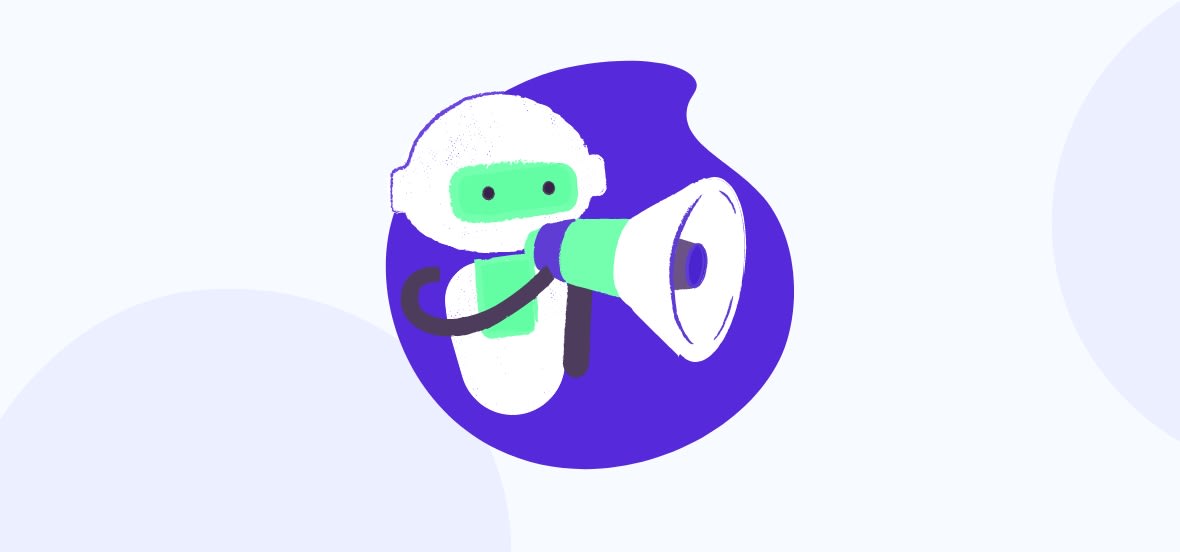All Categories
Featured
Table of Contents
- – What Is The Best Answering Services 101: Everyt...
- – How Is The Best What Are Business Call Answeri...
- – Best How To Call Forward To An Answering Servi...
- – Best How Much Does An Answering Service Cost ...
- – What Is The Best What To Look For In A Phone ...
- – What Is The Best How Does An Answering Servi...
What Is The Best Answering Services 101: Everything You Need To Know ... Company?
This device and its followers were created by Sava Jacobson, an electrical engineer with a private consulting service. While early answering machines used magnetic tape technology, most modern devices utilizes solid state memory storage; some gadgets use a combination of both, with a solid-state circuit for the outbound message and a cassette for the incoming messages.
"toll conserving" below) (local phone answering service). This works if the owner is evaluating calls and does not wish to talk with all callers. In any case after going, the calling party must be notified about the call having been answered (most of the times this starts the charging), either by some remark of the operator, or by some greeting message of the TAD, or addressed to non-human callers (e.
This holds especially for the TADs with digitally stored greeting messages or for earlier machines (prior to the increase of microcassettes) with a special limitless loop tape, separate from a 2nd cassette, devoted to recording. There have actually been answer-only gadgets without any recording abilities, where the welcoming message had to notify callers of a state of existing unattainability, or e (virtual call answering service).
How Is The Best What Are Business Call Answering Services? - Chalkboard Company

about accessibility hours. In tape-recording TADs the welcoming normally consists of an invite to leave a message "after the beep". An answering maker that uses a microcassette to tape messages On a dual-cassette answerphone, there is an outgoing cassette, which after the specified number of rings plays a pre-recorded message to the caller.

Single-cassette answering machines contain the outbound message at the start of the tape and incoming messages on the remaining space. They first play the statement, then fast-forward to the next available area for recording, then record the caller's message. If there are many previous messages, fast-forwarding through them can cause a significant hold-up.
This beep is typically referred to in the greeting message, asking for that the caller leave a message "after the beep". Little bits with digital storage for the taped messages do not reveal this hold-up, naturally. A little may use a remote control facility, whereby the answerphone owner can ring the house number and, by going into a code on the remote telephone's keypad, can listen to tape-recorded messages, or delete them, even when away from house.
Best How To Call Forward To An Answering Service Showroom Near Me

Thus the device increases the variety of rings after which it addresses the call (normally by two, resulting in 4 rings), if no unread messages are presently kept, however responses after the set variety of rings (generally two) if there are unread messages. This allows the owner to discover out whether there are messages waiting; if there are none, the owner can hang up the phone on the, e.
Some machines likewise enable themselves to be remotely triggered, if they have been turned off, by calling and letting the phone ring a particular a great deal of times (normally 10-15). Some provider abandon calls currently after a smaller variety of rings, making remote activation impossible. In the early days of TADs an unique transmitter for DTMF tones (dual-tone multi-frequency signalling) was regionally needed for remote control, considering that the formerly used pulse dialling is not apt to communicate suitable signalling along an active connection, and the dual-tone multi-frequency signalling was implemented stepwise.
Any incoming call is not recognizable with regard to these properties in advance of going "off hook" by the terminal devices. So after going off hook the calls need to be switched to suitable devices and just the voice-type is immediately accessible to a human, however perhaps, nevertheless need to be routed to a LITTLE BIT (e.
Best How Much Does An Answering Service Cost In 2023? Money Can Buy
What if I told you that you do not have to actually pick up your device when addressing a consumer call? Somebody else will. So practical, best? Answering phone calls doesn't need somebody to be on the other end of the line. Efficient automated phone systems can do the trick just as effectively as a live agent and in some cases even better.
An automated answering service or interactive voice action system is a phone system that interacts with callers without a live individual on the line - business call answering service. When business utilize this innovation, clients can get the answer to a question about your business simply by utilizing interactions established on a pre-programmed call circulation.
Although live operators upgrade the customer care experience, lots of calls do not need human interaction. A basic taped message or instructions on how a consumer can recover a piece of information generally fixes a caller's immediate need - phone answering. Automated answering services are a basic and reliable method to direct incoming calls to the right individual.
What Is The Best What To Look For In A Phone Answering Service For Your ... And Why
Notice that when you call a business, either for assistance or product inquiry, the very first thing you will hear is a pre-recorded voice greeting and a series of choices like press 1 for client service, press 2 for inquiries, and so on. The pre-recorded options branch off to other options depending upon the consumer's selection.
The phone tree system assists direct callers to the right individual or department using the keypad on a mobile phone. In some instances, callers can use their voices. It deserves keeping in mind that auto-attendant options aren't restricted to the ten numbers on a phone's keypad. Once the caller has selected their very first alternative, you can design a multi-level auto-attendant that uses sub-menus to direct the caller to the best sort of help.
The caller does not need to communicate with a person if the auto-attendant phone system can manage their concern. The automatic service can path callers to a worker if they reach a "dead end" and need help from a live representative. It is pricey to hire an operator or executive assistant.
What Is The Best How Does An Answering Service Work? For Me
Automated answering services, on the other hand, are significantly more economical and supply substantial cost savings at approximately $200-$420/month. Even if you do not have actually committed personnel to manage call routing and management, an automated answering service improves efficiency by enabling your group to focus on their strengths so they can more efficiently spend their time on the phone.
A sales lead routed to client service is a lost shot. If a client who has product questions reaches the incorrect department or receives incomplete responses from well-meaning workers who are less trained to deal with a particular kind of concern, it can be a reason for frustration and frustration. An automated answering system can reduce the number of misrouted calls, thereby helping your workers make much better use of their phone time while maximizing time in their calendar for other jobs.
With Automated Answering Systems, you can develop a customized experience for both your staff and your callers. Make a recording of your primary welcoming, and merely upgrade it routinely to reflect what is going on in your organization. You can produce as many departments or menu options as you want.
Table of Contents
- – What Is The Best Answering Services 101: Everyt...
- – How Is The Best What Are Business Call Answeri...
- – Best How To Call Forward To An Answering Servi...
- – Best How Much Does An Answering Service Cost ...
- – What Is The Best What To Look For In A Phone ...
- – What Is The Best How Does An Answering Servi...
Latest Posts
Cutting-Edge Out Of Hours Answering Service
Next-Level Remote Reception Service with Innovative Design
High-Growth Virtual Secretary for Expanding Businesses
More
Latest Posts
Cutting-Edge Out Of Hours Answering Service
Next-Level Remote Reception Service with Innovative Design
High-Growth Virtual Secretary for Expanding Businesses